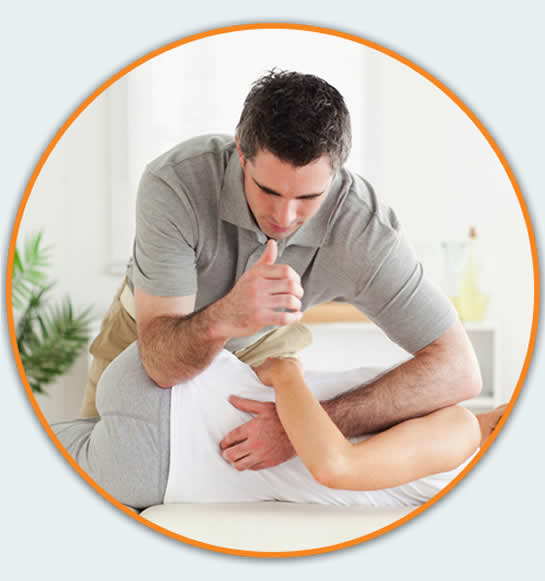
What Causes Sciatica?
Sciatica pain is caused by an irritation, inflammation, pinching or compression of a nerve in the lower back. The most common cause is a herniated or slipped disk that causes pressure on the nerve root. Most people with sciatica get better on their own with time and self-care treatments.
What does sciatica pain feel like?
People describe sciatica pain in different ways, depending on its cause. Some people describe the pain as sharp, shooting, or jolts of pain. Others describe this pain as “burning,” “electric” or “stabbing.”
The pain may be constant or may come and go. Also, the pain is usually more severe in your leg compared to your lower back. The pain may feel worse if you sit or stand for long periods of time, when you stand up and when your twist your upper body. A forced and sudden body movement, like a cough or sneeze, can also make the pain worse


Can sciatica occur down both legs?
Sciatica usually affects only one leg at a time. However, it’s possible for sciatica to occur in both legs. It’s simply a matter of where the nerve is being pinched along the spinal column.
Does sciatica occur suddenly, or does it take time to develop?
Sciatica can come on suddenly or gradually. It depends on the cause. A disk herniation can cause sudden pain. Arthritis in the spine develops slowly over time.
How is sciatica treated?
The goal of treatment is to decrease your pain and increase your mobility. Depending on the cause, many cases of sciatica go away over time with some simple self-care treatments.
Self-care treatments include:
- Appling ice and/or hot packs: First, use ice packs to reduce pain and swelling. Apply ice packs or bag of frozen vegetables wrapped in a towel to the affected area. Apply for 20 minutes, several times a day. Switch to a hot pack or a heating pad after the first several days. Apply for 20 minutes at a time. If you’re still in pain, switch between hot and cold packs – whichever best relieves your discomfort.
- Taking over-the-counter medicines: Take medicines to reduce pain, inflammation and swelling. The many common over-the-counter medicines in this category, called non-steroidal anti-inflammatory drugs (NSAIDs), include aspirin, ibuprofen (Advil®, Motrin®) and naproxen (Naprosyn®, Aleve®). Be watchful if you choose to take aspirin. Aspirin can cause ulcers and bleeding in some people. If you’re unable to take NSAIDS, acetaminophen (Tylenol®) may be taken instead.
- Performing gentle stretches: Learn proper stretches from an instructor with experience with low back pain. Work up to other general strengthening, core muscle strengthening and aerobic exercises.
When should I contact my healthcare provider?
Get immediate medical attention if you experience:
- Severe leg pain lasting more than a few hours that is unbearable.
- Numbness or muscle weakness in the same leg.
- Bowel or bladder control loss. This could be due to a condition called cauda equina syndrome, which affects bundles of nerves at the end of the spinal cord.
- Sudden and severe pain from a traffic accident or some other trauma.
Even if your visit doesn’t turn out to be an emergency situation, it’s best to get it checked out.

